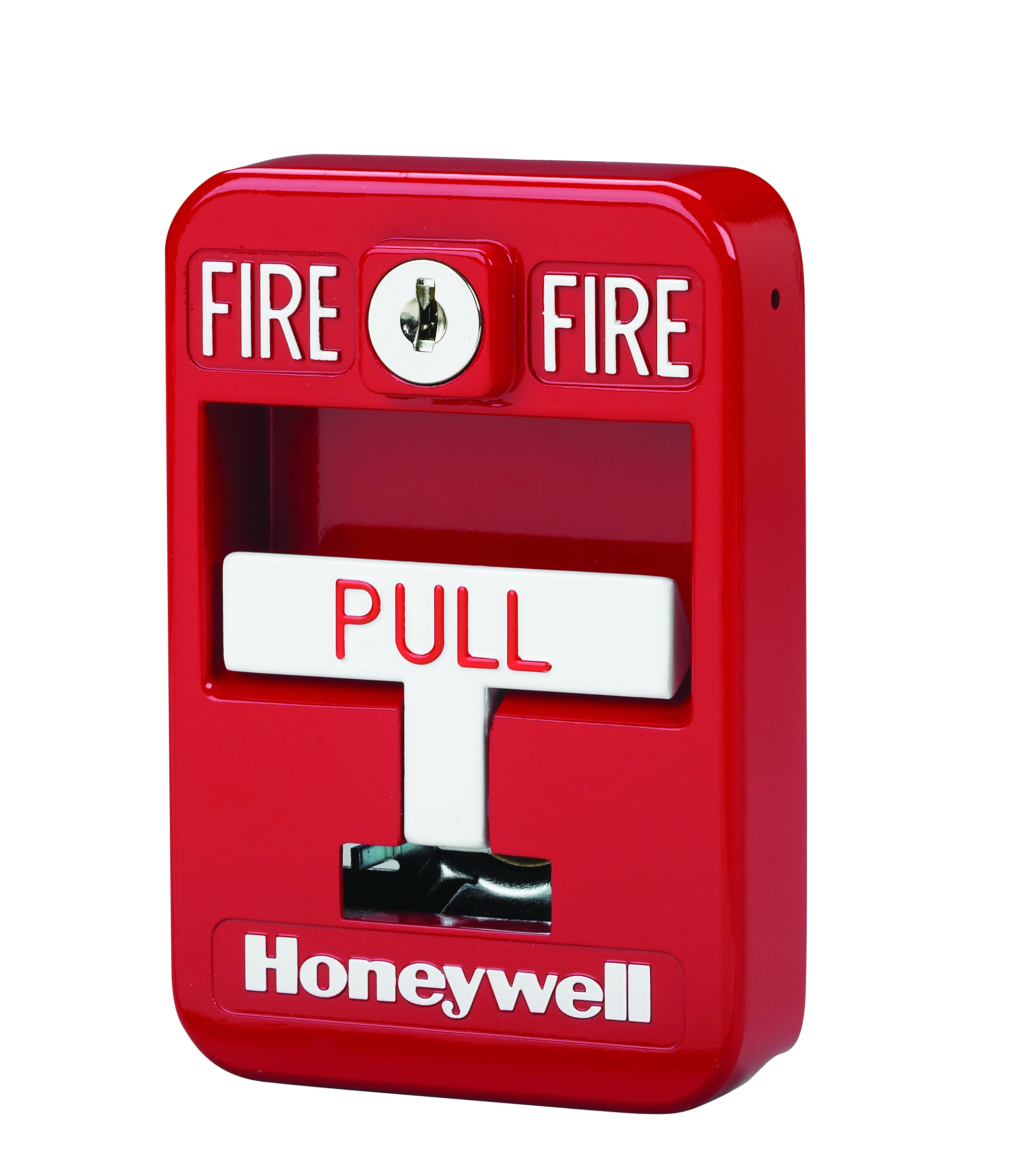What happens when Fire Alarm best practices are implemented?

Consolidated Fire protection is a national company that performs inspection, testing and maintenance for all fire protection needs and performs installations of Fire Alarm and Sprinkler Systems.
Challenge:
National Fire Protection Association, NFPA, mandates in the standard, “NFPA 72: National Fire Alarm and Signaling Code” that Annual Fire Alarm Testing be done in all buildings that have a fire alarm system or dedicated function alarm systems.
During the fire alarm testing all occupant notification appliances shall be activated and verified operational, in all occupancy cases notification appliances are located in an occupied areas where access is needed for verification. Due to these requirements it is hard to complete the task and not disrupt the daily activity with-in the building being tested.
Sounding the notification appliances after every initiating device is too disruptive for the occupants and employees in the building or the occupants and employees can become complacent with the repetitive activation of the fire alarm alert tones or message and then do not know to react to an actual alarm.
Entering secured areas by the inspector with no escort by a designated property representative can be an opening for a theft or liability suit.
Due to the excessive noise from audible or audio testing during fire alarm testing, some property owners or managers will not allow notification testing during the normal working hours or only during certain hours.
Best Practice Implemented:
When scheduling the testing it should be clearly discussed with the owner or owner representative, all aspects of the testing and what is needed to perform a complete fire alarm test.
Below are items of discussion to be considered:
- Notification of Testing to employees and occupants – done through email, text messages, or signage at the entries of the site.
- Activity and movement through the building by the testers (inspectors)
- Access into equipment rooms and secured areas
- Are site plans or drawings available for check off during the testing?
- Is an escort needed for the testing?
- Scheduling Notification Appliance testing times.
Work with the representative on scheduling times that notification appliances can be tested and personnel to assist with access to occupied rooms, equipment rooms and secured areas.
During the scheduling the technician should recommend having notifications sent out to the site managers or property managers of the upcoming testing.
If after hours testing of the notification appliances is agreed upon, scheduling can be accomplished by written notifications to and from the owner’s representative and the testing company on starting times, time it will take to complete the test and scheduling the owner’s representative to be present for access.
Use this opportunity to discuss the Site or Building to hold an annual fire drill, meaning that during the first activation of the alarm testing the site evacuate to their designated areas for assurance that all employees know where to go and who is accounted for. In order to perform this, the owner or owners representative will coordinate with their employees that a fire drill is being performed and notices sent out to the employees.
Having a testing plan when the technician arrives on site will help the testing go smoothly. A test plan is provided by the testing company to review with the owner or owner’s representative that describes what is being tested and how the testing will be performed.
Coordination of testing can be done across the country for all sites under contract by having a conference call between regional and local store managers with the testing company to review all items necessary for a complete annual fire alarm test.
Results of Best Practice:
By using the techniques with the site representative on the timing of activating the notification appliances the system testing can be done effectively.
Access into equipment rooms, locked rooms and secured areas can be completed and there is no need for return trips that will create the need to sound the notification appliances again.
By using a test plan both parties are involved in the testing.
Testing reports can be completed and the proper tag can be placed at the fire control panel.
By performing a fire drill the site safety representative can document the results and have readily available to present to the local fire authority during their annual review.
By completing the annual notification testing, the documentation (report) can be readily available to present to the local fire authority (if requested) during their annual review.
Verification of Efficiency and/or Savings Captured:
By completing the annual testing in one scheduled test saves the building and the occupants’ time and money not to mention the relief knowing the fire alarm system operates correctly.
Having a complete test of the buildings fire alarm system will help assure that in the case of a real fire, automatic or manual activation will activate the notification appliances and alert the occupants and employees of a fire emergency alerting them to evacuate the building.
The annual fire drill provides a place for occupants and employees to evacuate to; this provides a sense of safety.
